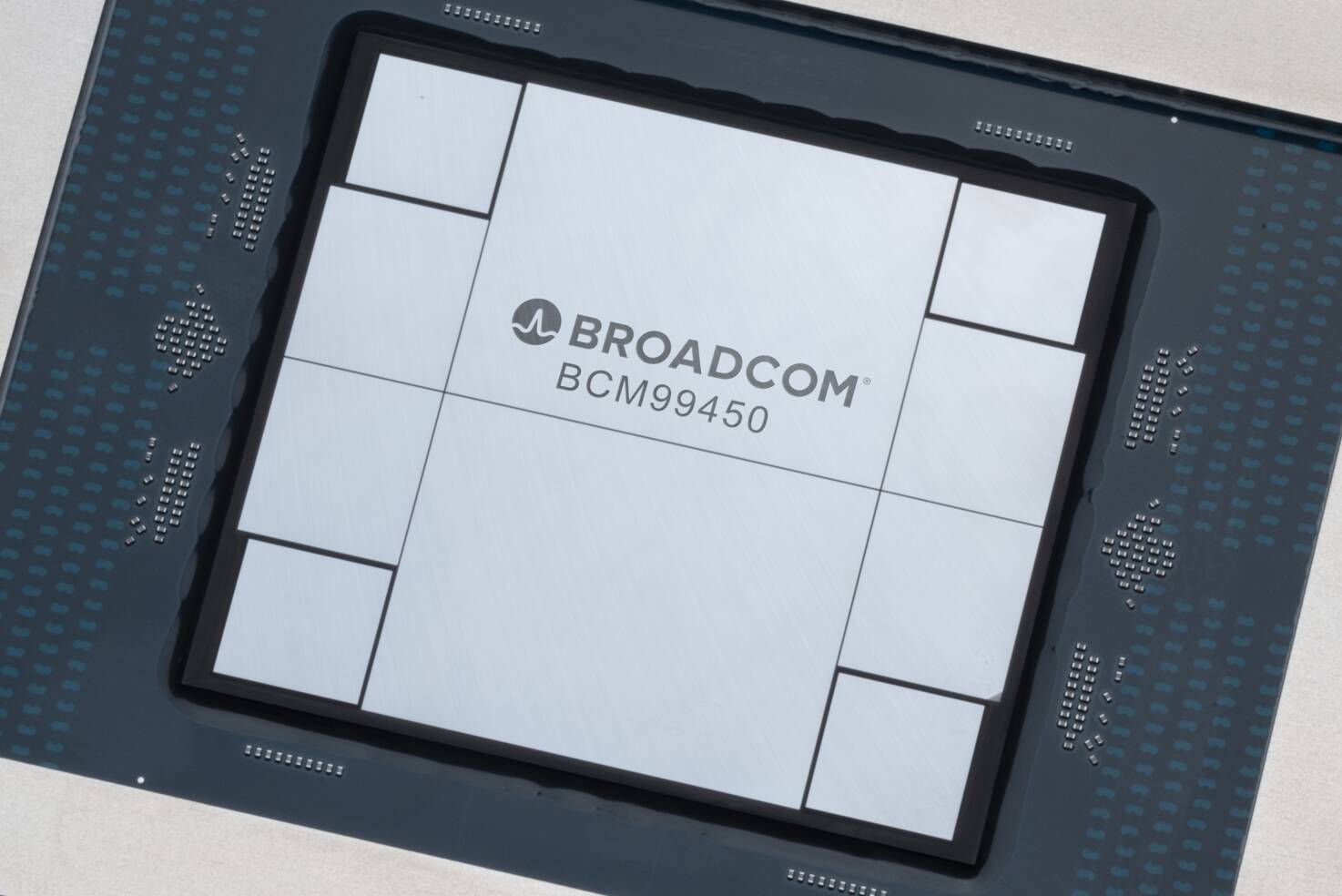The KeyGo Keyboard: The Ultimate Touch Bar Evolution or Just a Pricey Gimmick?
Hello everyone. Today, we’re diving into a device that’s either a stroke of genius or a fever dream conjured up by someone who thought the Apple Touch Bar was just too damn subtle. Enter the KeyGo keyboard—a Frankenstein’s monster of productivity, portability, and, dare I say, a little bit of hubris. It’s as if someone looked at the Touch Bar, scoffed, and said, “Hold my beer, I can do better.” And then proceeded to slap a 12.8-inch touchscreen onto a keyboard and call it a day.
Let’s get one thing straight: the Touch Bar was a bold idea. It promised contextual controls, a dynamic interface, and a glimpse into the future of input. In reality, it often felt like a solution in search of a problem—a tiny strip of hope that never quite delivered. But the concept? Oh, the concept was tantalizing. It whispered of possibilities, of a world where our keyboards were more than just slabs of plastic and rubber.
Now, the KeyGo takes that whisper and turns it into a full-blown shout. Imagine a laptop without the computing power, but with all the potential. That’s the KeyGo—a portable command center that transforms any device you own into a dual-screen, multi-touch productivity beast. It’s like giving your laptop a Red Bull and telling it to get its act together.
Let’s talk about that screen. A 12.8-inch, 1920×720 resolution, 60Hz touchscreen. Some might sneer at the 720p height, but let’s not be pedantic. This isn’t your grandma’s 720p display; it’s a 1440p screen sliced in half, delivering a dense pixel count that keeps text and visuals crisp. It’s a dedicated external display, ready to give you that coveted dual-monitor setup wherever you are. No more squinting at tiny windows or juggling tabs like a circus performer.
The keyboard itself? Scissor-switch keys. None of that mushy nonsense you find on bargain-bin peripherals. This is a typing experience that actually respects your fingers. And for those who like a bit of flair, there’s RGB lighting with three distinct modes. It’s not just for show—customizable backlighting is genuinely useful in dim environments or when you want to pretend you’re hacking into the mainframe at 2 AM.
Connectivity is handled by USB-C, because of course it is. It’s 2024, and if you’re still using micro-USB, you deserve to be shunned. The KeyGo works with phones, tablets, and laptops, whether you’re a Windows diehard or a macOS devotee. One cable for power and data—minimal clutter, maximum efficiency. Perfect for those of us who like our workspaces as tidy as our code.
Build quality? CNC-machined aluminum. None of that flimsy plastic nonsense. This thing feels premium, solid, and surprisingly thin. The 95% key layout is a masterstroke—almost all the keys you need, including a numpad for the accountants and gamers among us. It’s like someone actually thought about what people want in a keyboard, rather than just slapping on a few extra buttons and calling it a day.
The hinge is another highlight. It folds a full 180 degrees, letting you position the touchscreen exactly where you need it. Angle it above the keys for quick glances, or stand it upright as a dedicated second monitor. Imagine having your main document on your laptop and a Spotify playlist on the KeyGo’s display. Or a video preview on the main screen and your editing timeline on the auxiliary display. Or, if you’re feeling particularly masochistic, gaming on the main window and Discord on the side-screen. Genius.


So, who’s this for? Digital nomads, students, content creators, casual users—basically anyone who wants to get more out of their devices. It’s a productivity booster, a multitasking marvel, and, let’s be honest, a bit of a show-off piece. It takes a concept that was ahead of its time and reimagines it with a focus on utility and robust design.
But—and there’s always a but—let’s not get carried away. The KeyGo is not without its flaws. The price, for one, is a bit steep. MSRP starts at $538, though early backers can snag it for $249. That’s a significant investment for what is, at the end of the day, a keyboard with a fancy screen. And while the build quality is impressive, it remains to be seen how it holds up to the rigors of daily use. Will that hinge stay sturdy after months of folding and unfolding? Will the touchscreen remain responsive, or will it become a smudgy mess?
And let’s not forget the software side of things. A device like this lives and dies by its software support. If the drivers are buggy, if the touchscreen doesn’t play nice with your OS, or if the promised features never materialize, all the aluminum in the world won’t save it from becoming an expensive paperweight.
In conclusion, the KeyGo keyboard is a bold, ambitious device that takes the best parts of the Touch Bar and cranks them up to eleven. It’s a productivity powerhouse, a multitasking marvel, and a testament to what happens when designers actually listen to what users want. But it’s also a gamble—a pricey, unproven piece of tech that could either revolutionize your workflow or end up gathering dust in a drawer.
And that, ladies and gentlemen, is entirely my opinion.
Article source: Remember Apple’s Touch Bar? You Can Now Buy A Keyboard With A Foldable 12.8″ Touchscreen Monitor, https://www.yankodesign.com/2025/08/05/remember-apples-touch-bar-you-can-now-buy-a-keyboard-with-a-foldable-12-8-touchscreen-monitor/



